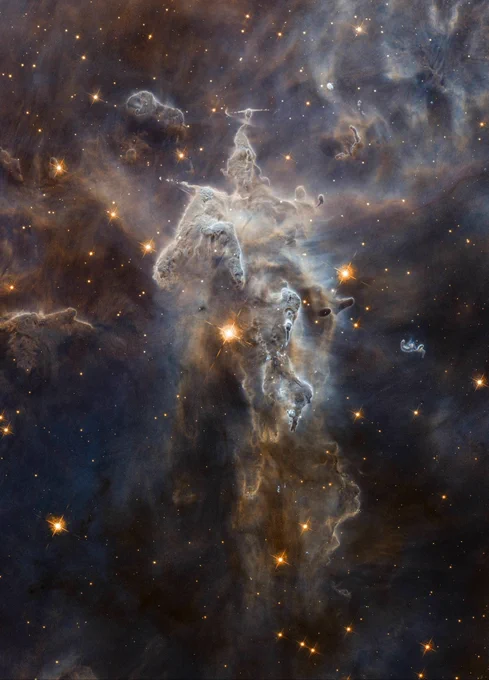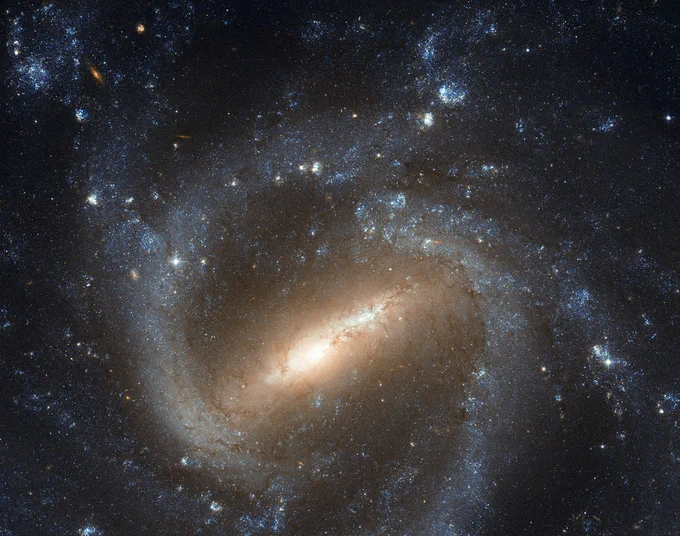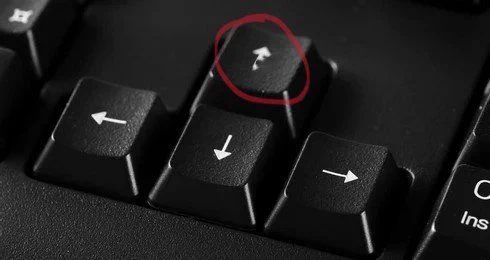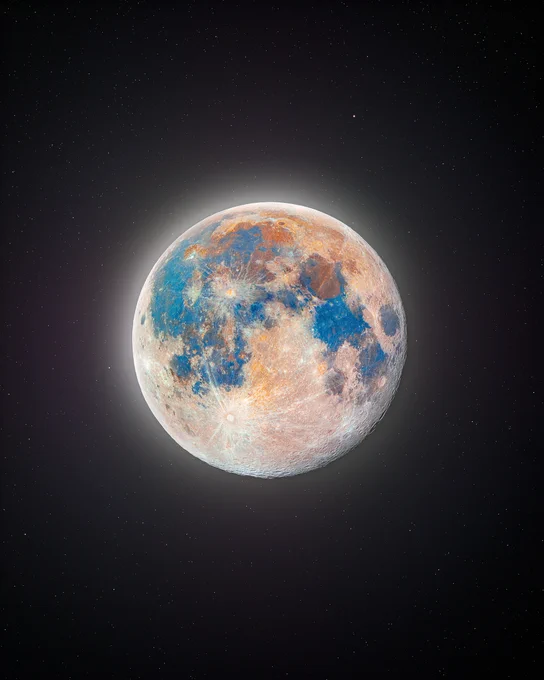Husband, father of 2 accomplished sons, Grandfather of 2 awesome boys, Component Engineer @ SRC Inc, Owner of Amiga On The Lake LLC, Amateur Radio op. N2ZDS
In the universe near you.
Joined May 2023
- Tweets 7,685
- Following 119
- Followers 264
- Likes 32,510
Jeffrey Yoder retweeted
This ends on Monday! Hurrrrrry.
This can't be real.
You can name your own price for this Humble Bundle of Raspberry Pi Press books?.......
raspberrypi.com/news/name-yo…
The official Kubuntu site is currently inaccessible due to an HTTPS setup issue, but the real concern isn’t the certificate itself — it’s what this says about the project’s reputation.
linuxiac.com/kubuntu-website…
#Ubuntu #Kubuntu #Linux #OpenSource
Jeffrey Yoder retweeted
My telescope imaging the Moon south pole region where the proposed lunar base will be.
Jeffrey Yoder retweeted
Last night I captured over 60k photos of the largest supermoon of the year using two telescopes to reveal the hidden color in 119 megapixels. I call the print "Artemis Beckons", after the next crewed lunar mission.
See the reply for the up close details and explanation 👇
Jeffrey Yoder retweeted
AI research uncovered over 300 new Nazca Lines.
Researchers used artificial intelligence to uncover over 300 previously unknown geoglyphs in the Nazca Desert of southern Peru.
This finding, led by Masato Sakai from Yamagata University, nearly doubled the total number of known geoglyphs.
Jeffrey Yoder retweeted
#MediaInvitation: journalists are invited to online media briefings ahead of the @CopernicusEU Sentinel-6B launch. The briefings start at 10:00 GMT/11:00 CET (EN) and 11:00 GMT/12:00 CET (FR) on 13 November. Details and registration 👇
esa.int/Newsroom/Press_Relea…
Jeffrey Yoder retweeted
AMD Ryzen X3D CPUs Outsell Intel's Entire CPU Lineup on Amazon in October tpu.me/bpmn
Jeffrey Yoder retweeted
#Enceladus emits far more heat than previously thought, indicating a stable #SubsurfaceOcean that could persist for geological timescales—strengthening its potential to support life. @UniofOxford @ScienceAdvances doi.org/g99kp2 phys.org/news/2025-11-saturn…
Jeffrey Yoder retweeted
In a significant advance for astronomy, researchers from the Breakthrough Listen initiative, working in collaboration with NVIDIA and utilizing their system on the SETI Institute's Allen Telescope Array (ATA) in California, have improved the process for detecting Fast Radio Bursts (FRBs). Their newly developed artificial intelligence system outperforms existing methods, operating hundreds of times faster than current pipelines while maintaining accuracy.
Detailed in the peer-reviewed journal Astronomy & Astrophysics, the new system operates on NVIDIA's Holoscan platform, designed to process massive streaming datasets in real-time. Traditionally, FRB detection requires "dedispersion” — searching through thousands of possible signal parameters to correct for frequency-dependent time delays. The new end-to-end AI architecture eliminates that bottleneck, analyzing signals in real time and transforming how astronomers search for transient and potentially artificial signals from space.
The performance gains are notable. At the ATA, the state-of-the-art pipeline currently takes approximately 59 seconds to process 16.3 seconds of observational data — nearly four times slower than real-time. The new AI-driven system performs the same task 600 times faster, operating over 160 times faster than real-time.
Learn more: seti.org/news/revolutionary-…
Jeffrey Yoder retweeted
▬▬.◙.▬▬
▂▄▄▓▄▄▂
◢◤ █▀▀████▄▄▄◢◤
█▄ █ █▄ ███▀▀▀▀▀▀╬
◥█████◤
══╩══╩══
╬═╬
╬═╬ Just dropped down to say
╬═╬ Don't
╬═╬ Push To Production On Friday
╬═╬
╬═╬ ☻/
╬═╬/▌
╬═╬/ \
Jeffrey Yoder retweeted
Nice!!
Winter’s back on the clock. Five inches down low, ten up high, and snowmaking firing from The Jet to Montrealer. Winter’s made its first move, even if the lifts aren’t spinning quite yet.
jaypeakresort.com/snowreport
Hyprland 0.52 Released With New Features For This Wayland Compositor
Work also continues on the Hyprtoolkit.
phoronix.com/news/Hyprland-0…
Jeffrey Yoder retweeted
The Final Moments of a Stellar Giant...
What you’re looking at is AG Carinae, one of the Milky Way’s most brilliant stars, locked in a dramatic struggle between the pull of gravity and the intense force of its own radiation
(Credit: ESA/Hubble and NASA, A. Nota, C. Britt)
Jeffrey Yoder retweeted
Load in 4k to see the number of stars increase (and more tiny craters)
Jeffrey Yoder retweeted
Still can’t believe I got this shot…
I’m going for something even more difficult this weekend, wish me luck 🙃
Jeffrey Yoder retweeted
Python and ML Books for FREE!
- Intro to ML
- ML Projects
- Think Python
- Python for Data Analysis
If you want a FREE copy,
1. Like + Repost
2. Comment 'Python'
3. Follow me @python_spaces so that I can DM you.






































